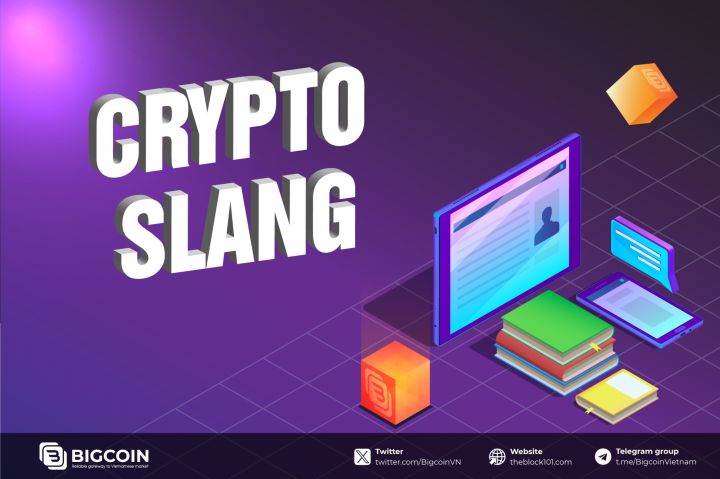1. The Background: Crypto Reserves and XRP
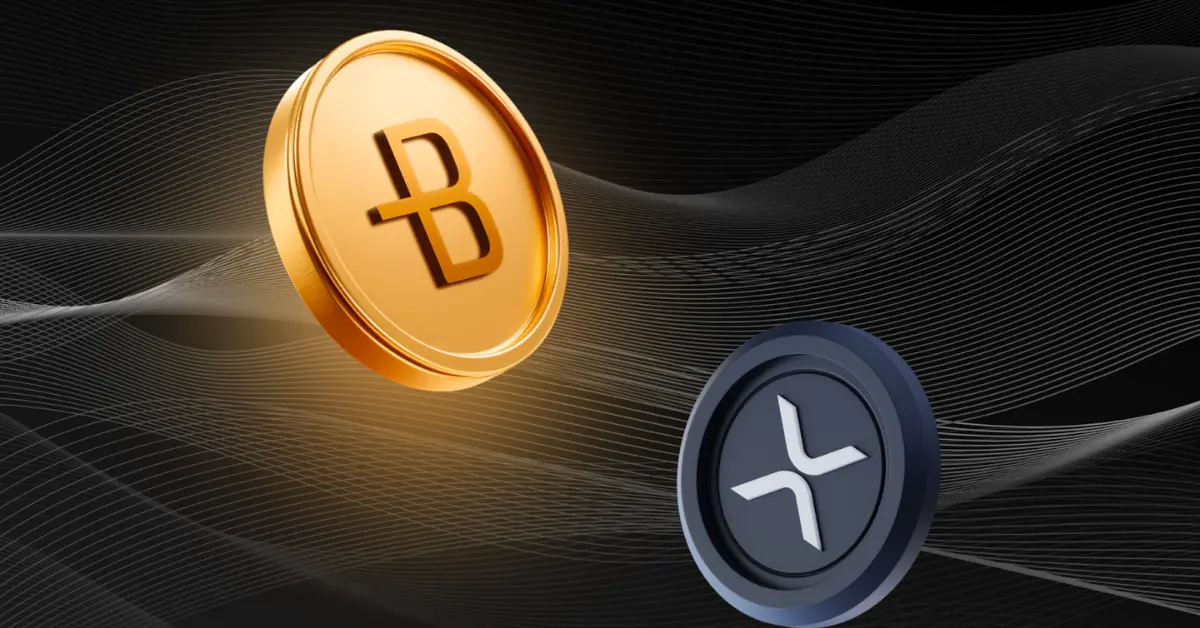
The idea of a national cryptocurrency reserve has been spotlighted in the U.S. following policy shifts under President Donald Trump’s administration. According to a January 23, 2025, executive order titled "Strengthening American Leadership in Digital Financial Technology" (reported by CoinDesk), the U.S. aims to establish a strategic digital asset stockpile. While Bitcoin dominates these discussions, XRP has been named as a contender, notably in a March 2, 2025, statement from Trump on Truth Social, where he listed Bitcoin, Ethereum, XRP, Solana, and Cardano as potential reserve assets (per The Crypto Basic).
XRP, launched in 2012 by Ripple Labs, is designed for fast, low-cost cross-border payments. As of April 2025, its market cap exceeds $175 billion, with a price around $3.19, making it the third-largest cryptocurrency behind Bitcoin and Ethereum (CoinGecko data). Ripple’s website highlights XRP’s use by over 300 financial institutions worldwide, positioning it as a practical tool for government financial strategies.
2. Strengths of XRP as a Reserve Candidate
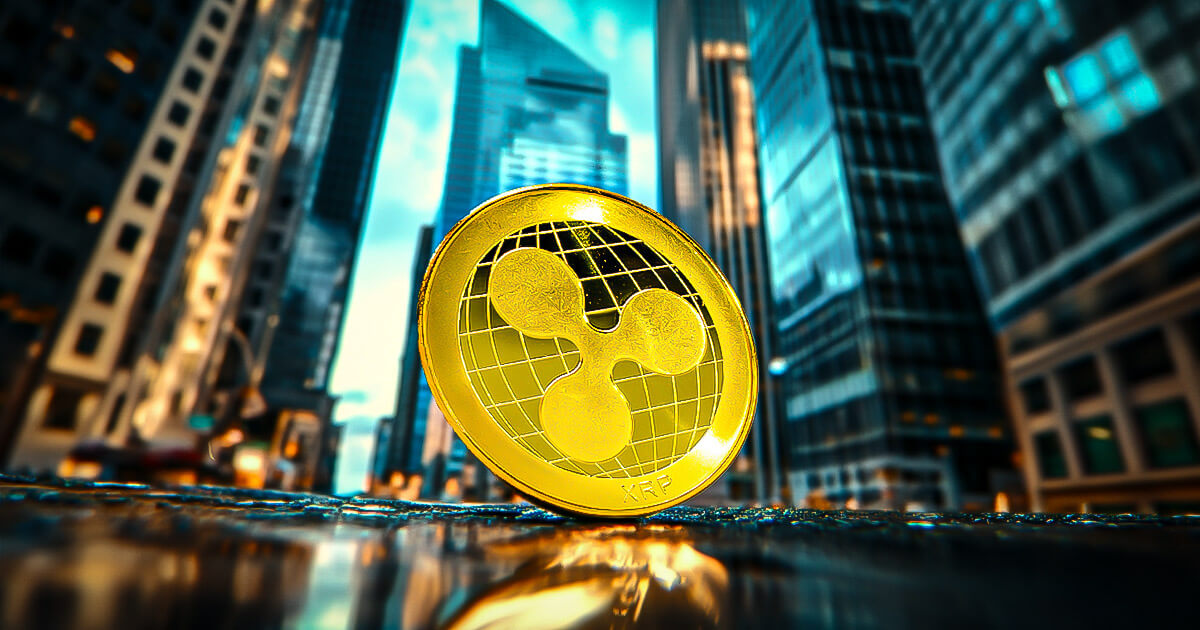
XRP’s potential as a reserve asset stems from several well-documented advantages:
-
Transaction Speed and Cost: Ripple’s official site (ripple.com) states that XRP transactions settle in 3-5 seconds with fees as low as $0.0002, compared to Bitcoin’s 10-minute settlement times and higher costs (CoinDesk). This efficiency suits a reserve supporting rapid government transactions.
-
Cross-Border Payments: RippleNet, powered by XRP, connects banks and payment providers globally, including Santander and Standard Chartered (Ripple.com). A 2023 Ripple blog post estimates XRP could save $10 billion annually in cross-border payment costs, a figure cited in discussions about its reserve utility (CoinDesk).
-
Regulatory Clarity: Ripple’s legal battle with the U.S. Securities and Exchange Commission (SEC) concluded with a partial victory in July 2023, when a judge ruled most XRP sales were not securities (CoinDesk). Despite a $125 million penalty in August 2024, this clarity—detailed on Ripple’s site—reduces legal risks for government adoption.
-
U.S. Origin: Founded in San Francisco, Ripple Labs aligns with an "America-first" policy narrative. The Crypto Basic reported in March 2025 that this domestic tie bolsters XRP’s case over foreign-originated assets like Bitcoin.
-
Liquidity: With 55.4 billion XRP in circulation out of a 100 billion total supply (CoinGecko), XRP offers significant liquidity, a key factor for a reserve asset, as noted in a March 2025 Coinpedia analysis.
3. Challenges facing XRP
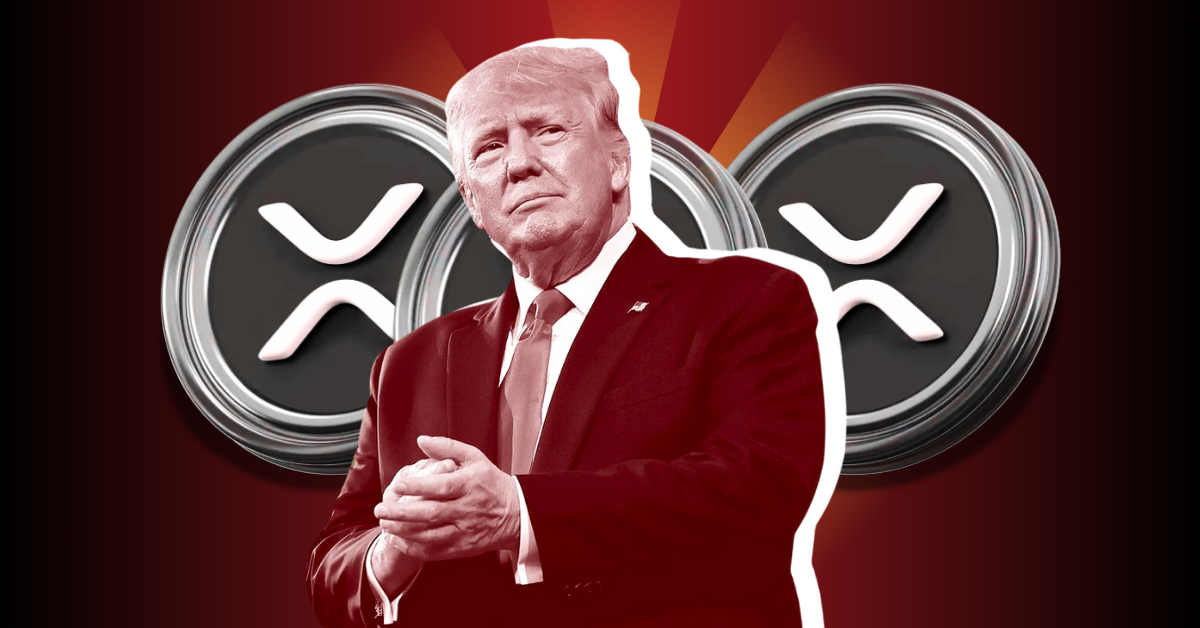
Despite its strengths, XRP’s reserve candidacy faces hurdles well-documented across crypto websites:
-
Centralization Criticism: Ripple Labs holds about 40 billion XRP in escrow (Ripple.com), leading critics to label it centralized. A January 2025 CoinDesk article quotes Messari’s Ryan Selkis calling XRP less decentralized than Bitcoin, a view echoed by Bitcoin Magazine’s coverage of reserve debates.
-
Regulatory Ambiguity: While XRP has legal clarity, the SEC’s appeal of the 2023 ruling and a March 2025 executive order classifying XRP as a "Stockpile Asset" rather than a core reserve asset (The Crypto Basic) signal ongoing uncertainty. CoinDesk reported this limits government purchases of XRP.
-
Bitcoin Preference: The U.S. government holds over 200,000 Bitcoin, valued at $16.5 billion in March 2025 (CoinDesk), dwarfing its XRP holdings. A March 7, 2025, White House Crypto Summit emphasized Bitcoin as the reserve’s "heart" (Coinpedia), sidelining XRP.
-
Market Volatility: XRP’s price surged 36% to $3 after Trump’s March 2 announcement but stabilized at $3.19 by April (CoinGecko). Coinpedia notes this volatility could deter reserve planners seeking stability.
4. Recent developments
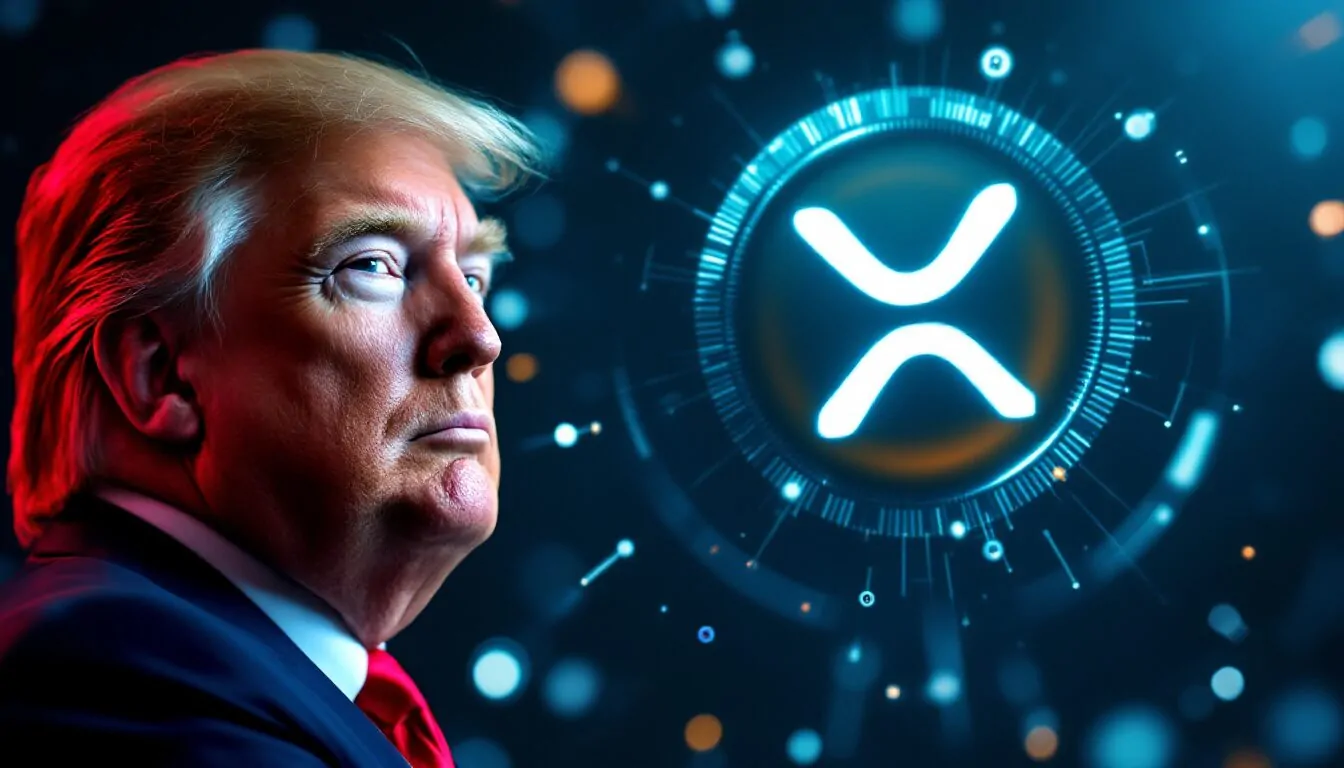
Website-based sources provide the latest on XRP’s reserve status as of April 8, 2025:
-
Policy Shifts: CoinDesk reported the March 7 White House Crypto Summit clarified that the Strategic Bitcoin Reserve prioritizes existing Bitcoin holdings, with no new XRP purchases planned. Treasury Secretary Scott Bessent’s CNBC comments hinted at a broader reserve, but details remain vague.
-
Market Performance: CoinGecko lists XRP at $3.19, down from a January high of $3.8, reflecting a 488% rise since November 2024 (The Crypto Basic). This growth follows Trump’s election and pro-crypto stance.
-
Ripple’s Push: Ripple CEO Brad Garlinghouse, in a January 28, 2025, CoinDesk interview, advocated for a diversified reserve, arguing XRP’s utility complements Bitcoin’s store-of-value role.
5. Implications of XRP in a Reserve
.png)
If XRP were added to a U.S. crypto reserve, websites suggest significant outcomes:
-
Price Impact: Coinpedia predicts XRP could reach $10-$15 short-term if reserve demand rises, though it cautions these are speculative figures.
-
Global Influence: Ripple.com notes XRP’s adoption could inspire nations like Japan or the UAE—already exploring RippleNet—to follow suit, per a 2023 CoinDesk report.
-
Legitimacy: CoinDesk suggests government backing could spur institutional interest, with rumors of a BlackRock XRP ETF circulating in March 2025 (unverified).
Conversely, exclusion could reinforce Bitcoin’s dominance, leaving XRP reliant on private-sector growth, as Bitcoin Magazine argues.
Conclusion
XRP’s candidacy as a crypto reserve asset, as gleaned from websites like CoinDesk, Ripple.com, and CoinGecko, rests on its speed, cost-efficiency, and U.S. roots—attributes that make it a practical tool for government use. Yet, centralization concerns, regulatory ambiguity, and Bitcoin’s lead pose formidable challenges. As of April 8, 2025, the U.S. leans toward a Bitcoin-centric reserve, with XRP’s role limited to a secondary stockpile, per The Crypto Basic. While Ripple continues to champion XRP’s case, its reserve dreams hinge on policy shifts and market acceptance. For now, XRP remains a candidate with promise—but one overshadowed by the crypto king, Bitcoin.
Read more:

 English
English Tiếng Việt
Tiếng Việt.png)










.jpg)


